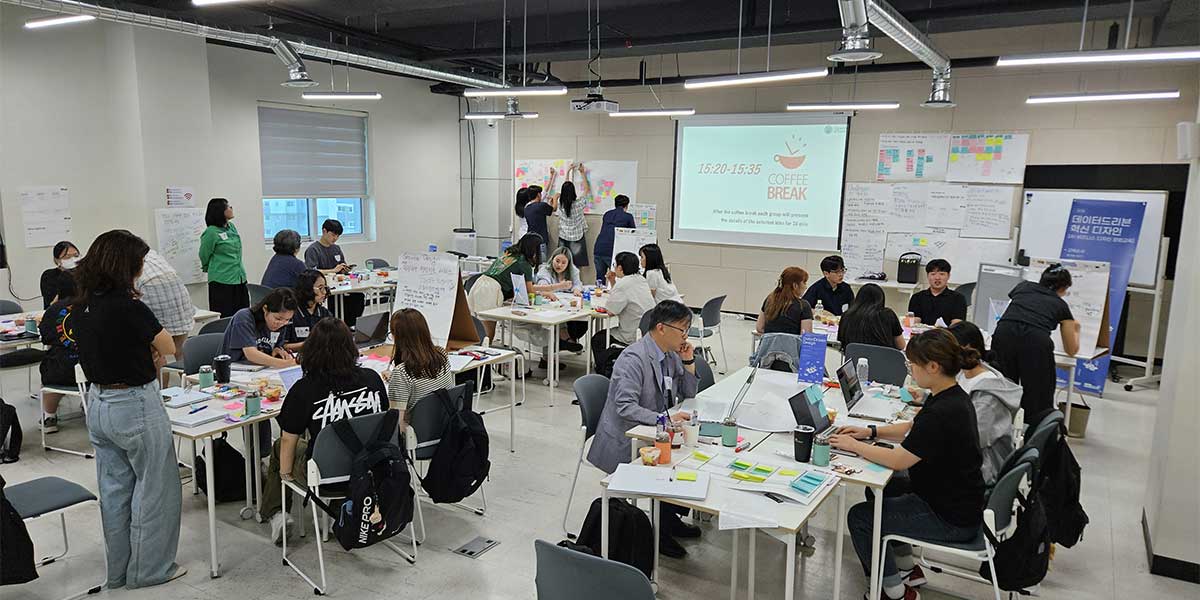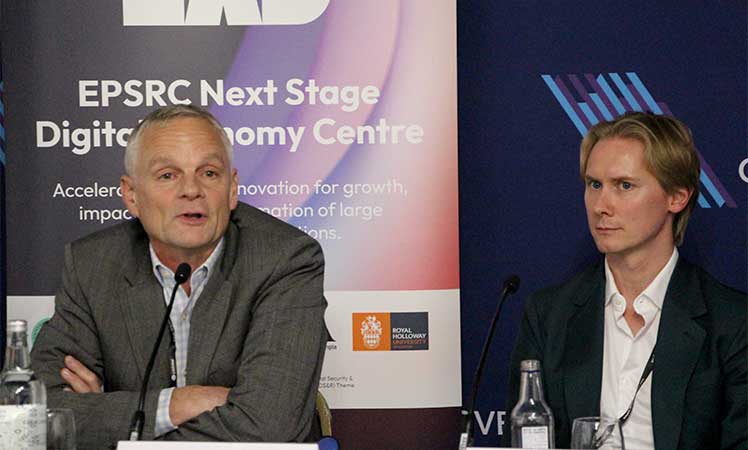Over the past few weeks, I’ve been working with a corporate innovation team to help breath life into some really interesting internal project ideas. Lots of interesting challenges have to be faced in the corporate world to move from the daily grind and status quo toward a more agile, flexible work environment. Where do you start?
It’s a complex problem. One part of the answer is to begin to open the minds of the people involved with the key ideas in the world of innovation and entrepreneurship. It is critical to stand on the shoulders of those who have been there before you. Explore the big ideas of innovation and listen to those who have spent years looking at the critical success factors.
But with so many different sources of information, I was asked if I would put together my essential reading list to the background and key ideas in innovation. To describe, if you like, the ideal “innovation bookshelf” that would provide the foundational platform for corporate innovators and entrepreneurs. Here’s what I put together.
Innovation Foundation. The main textbooks used in almost all of the innovation and entrepreneurship courses taught in universities and colleges are the ones from John Bessant and Joe Tidd. These are the core background themes of innovation described, illustrated, and evaluated for ease of comprehension. Read them. Think about them. And treat them as the starting point for your learning journey. There is much I can (and do) criticize about these books. But they give you an easy path into the main theories and practical approaches.
https://www.amazon.co.uk/Managing-Innovation-Integrating-Technological-Organizational/dp/1119379458
https://www.amazon.co.uk/Innovation-Entrepreneurship-John-Bessant/dp/1118993098
By building your foundation you will soon start to realize that some of the viewpoints and approaches to innovation fit your organization’s culture and context much better than others. They will appeal to your ways of looking at the world, and how you perceive ideas and their evolution. Dive into each of these different ideas.
Open Innovation. Using “the wisdom of the crowd” to source and evaluate new ideas. There is only one starting point for this exploration: Henry Chesbrough.
https://www.amazon.co.uk/Open-Innovation-Imperative-Profiting-Technology/dp/1422102831
https://www.amazon.co.uk/Open-Services-Innovation-Rethinking-Business/dp/0470905743
Design thinking and innovation. The revolution started with Stanford’s d.school and their adoption of design thinking to all aspects of innovation. Check their website, and then see how those approaches were developed by IDEO in the work of Tim Brown and Tom Kelley.
https://www.amazon.co.uk/Change-Design-Transforms-Organizations-Innovation/dp/0061766089
https://www.amazon.co.uk/Art-Innovation-Lessons-Creativity-Americas/dp/1781256144
https://www.amazon.co.uk/Ten-Faces-Innovation-Strategies-Heightening/dp/1781256152
Innovation processes. A big move forward occurred by pursuing the idea that innovation and entrepreneurship can be the result of a disciplined process, and hence taught, measured, and managed. To understand this you have to look at the work of Peter Drucker, Eric von Hippel, and Everett Rogers. They will push your thinking in many different directions.
https://www.amazon.co.uk/Innovation-Entrepreneurship-Routledge-Classics-Drucker/dp/1138019194
https://www.amazon.co.uk/Reads-Innovation-featured-Discipline-Drucker/dp/1422189856
https://www.amazon.co.uk/Democratizing-Innovation-Press-Eric-Hippel-ebook/dp/B001C4PTLS [Edit: link no longer available]
https://www.amazon.co.uk/Free-Innovation-Press-Eric-Hippel/dp/0262035219
https://www.amazon.co.uk/Diffusion-Innovations-5th-Everett-Rogers/dp/0743222091
Innovation and disruption. The start is, of course, Clay Christensen’s “innovator’s dilemma”. But don’t forget the follow on description of the “innovator’s solution”! Back this up with Geoffrey Moore’s “crossing the chasm” to understand why you need to distinguish sustaining innovation and disruptive innovation.
https://www.amazon.co.uk/Innovators-Dilemma-Technologies-Management-Innovation/dp/1633691780
https://www.amazon.co.uk/Innovators-Solution-Creating-Sustaining-Successful/dp/1422196577
https://www.amazon.co.uk/Crossing-Chasm-3rd-Disruptive-Mainstream/dp/0062292986
Innovation and ingenuity. The broader view of innovation is driven by many non-traditional approaches, from many different sources. Look around the world to other cultures at “frugal” and “jugaad” innovation via Jaideep Prabhu.
https://www.amazon.co.uk/Frugal-Innovation-How-better-less/dp/178125760
https://www.amazon.co.uk/Jugaad-Innovation-Flexible-Generate-Breakthrough/dp/1118249747
Innovation and startup culture. The recent surge of interest in innovation is driven by startups. At the heart of this are the twin goals of technology innovation and business model innovation. The core work here is from Steve Blank and Eric Ries on lean startup approaches, and business model design distilled by Alex Osterwalder and Yves Pigneur in their Business Model Canvas.
https://www.amazon.co.uk/Four-Steps-Epiphany-Successful-Strategies/dp/0989200507
https://www.amazon.co.uk/Lean-Startup-Innovation-Successful-Businesses/dp/0670921602
https://www.amazon.co.uk/Business-Model-Generation-Visionaries-Challengers/dp/0470876417
These are just a few of many great works on the topic of innovation and entrepreneurship, and I’m sure some you’ll find your own favourites. All I can tell you is that these are the ones that have inspired me, and to which I often find I return. They’ll give you a really great push to get you going in the right direction. Enjoy!






